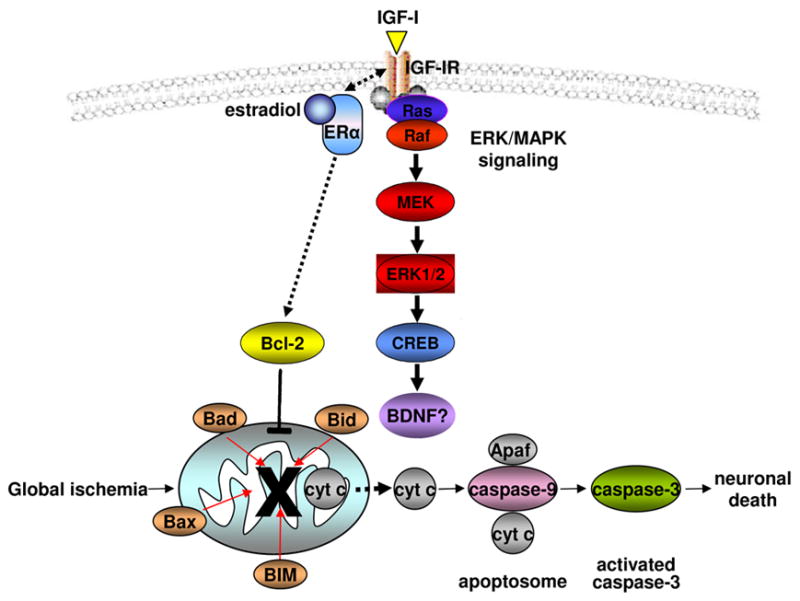Fig. 7. Hypothesized scheme of estradiol protection against global ischemia-induced cell death.

Upon stimulation with estradiol, the estrogen receptor (ER)α (not ERβ (23)) forms a macromolecular signaling complex with the IGF-I receptor in the plasma membrane; the complex recruits and activates downstream kinases including ERK/MAPK (24, 25). ERK/MAPK signaling culminates in phosphorylation and activation of nuclear transcription factors such as CREB, which regulate target genes important to neuronal survival. CREB targets implicated in neuronal survival include BDNF and the anti-apoptotic protein Bcl-2 (43). Bcl-2 promotes the integrity of the mitochondrial outer membrane and halts the caspase death cascade, enabling neurons to survive. Estradiol maintains ERK and CREB activation and opposes ischemia-induced downregulation of Bcl-2. Data in the present study are consistent with a direct action of estradiol on Bcl-2 gene expression rather than maintenance of Bcl-2 levels by ERK/MAPK and CREB signaling.
